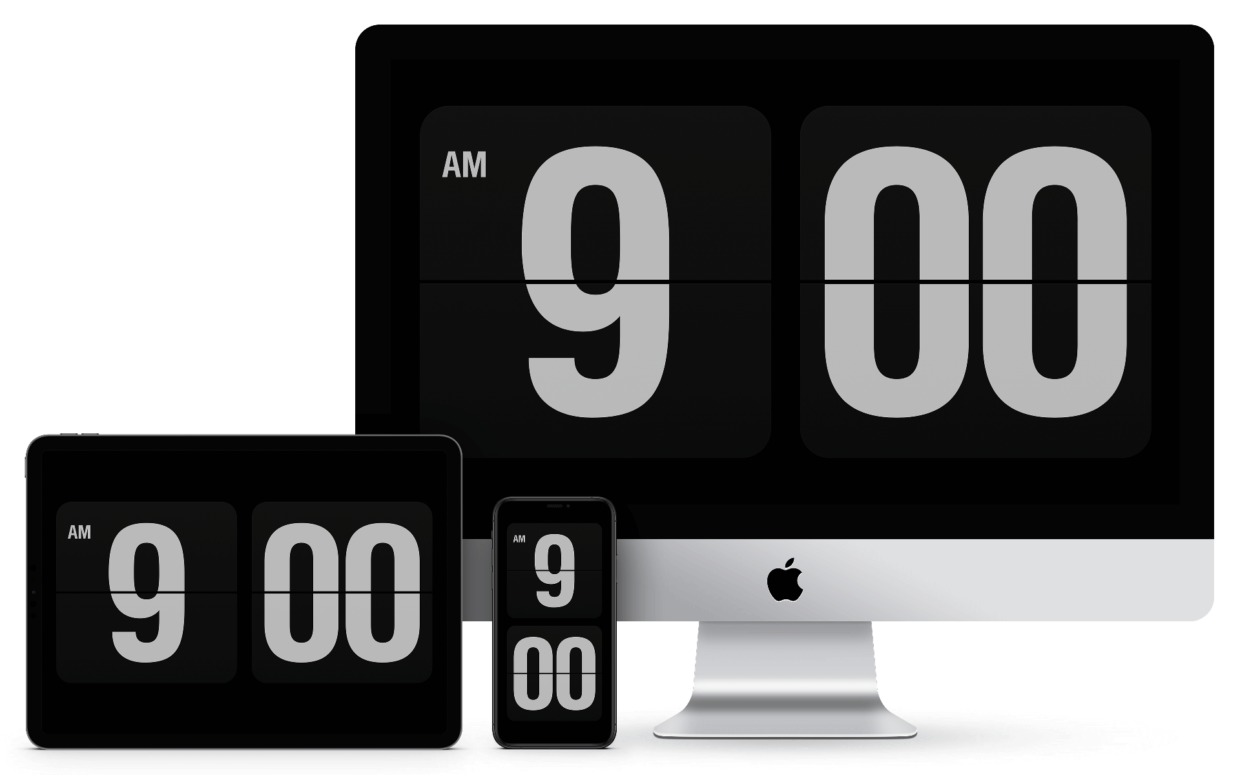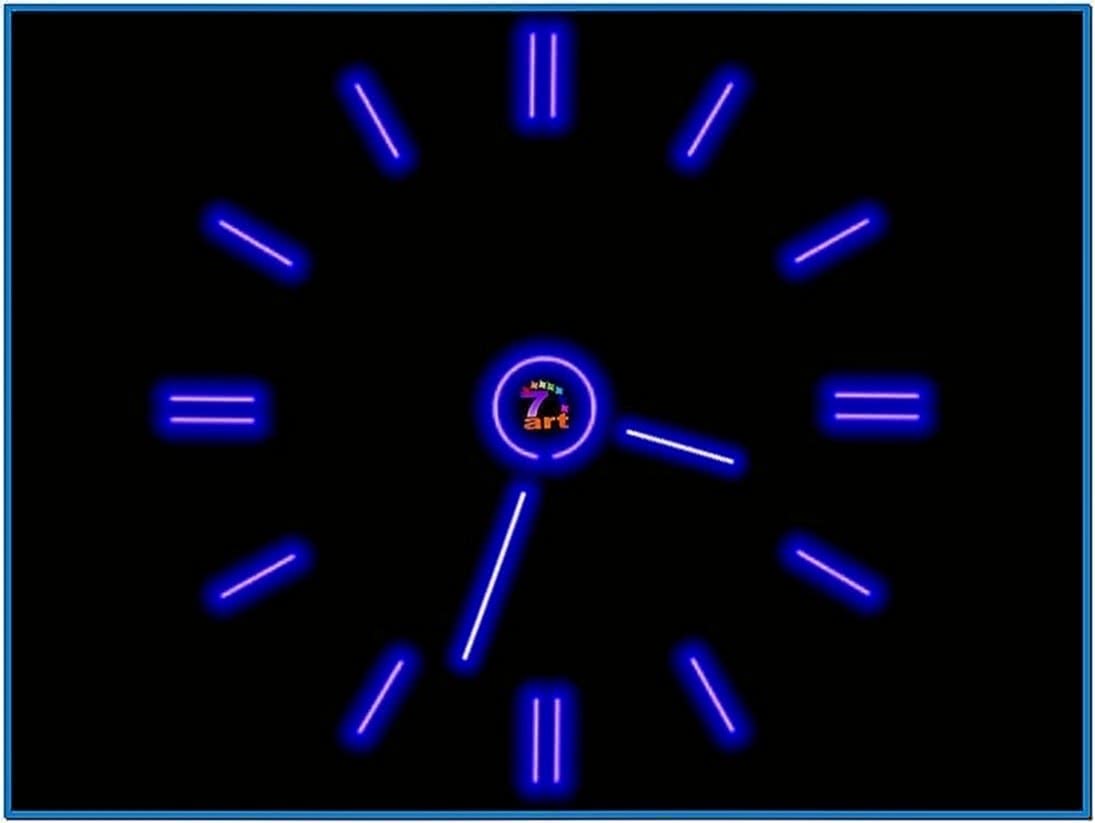
Open System Preferences by clicking the Apple logo in the menu bar, then selecting “System Preferences” in the menu that appears. To configure screen savers on a Mac, you’ll need to visit the built-in System Preferences app. RELATED: How to Control When Your Mac Automatically Goes to Sleep How to Configure Screen Savers on Mac It’s worth noting that if you’re not going to be using your Mac for a while, you can instead set macOS to turn off your display automatically or simply put the Mac to sleep, which can help you save power over time. You can use them for fun things like displaying a custom message, showing album artwork, or playing slideshows of your favorite photos when you’re not using your machine. There you have it, simple and useful (much like myself).Even if you’re not worried about burn-in (such as with LCD panels in most modern monitors), screen savers are also a playful way to customize your Mac. Read on to see what the clock looks like on the Arabesque screen saver. It lets you change the look of the clock displayed, as well as set alarms though you can't overlay the Big Time clock screen saver onto other screen savers. You can't actually customize the look of the clock, but if you're looking for some customization (or you're not running Leopard yet) check out the Big Time screen saver. This clock can be overlaid onto any screen saver that is included with OS X, as well as those made by 3rd parties. All you have to do is click 'Show with clock' and a clock appears on your screen saver.


You'll then see the options to the right.


 0 kommentar(er)
0 kommentar(er)
